Therme Art hosts talk at DLD22 to discuss how the future of wellbeing involves interdisciplinary collaboration
Promotion: as part of the DLD22 programme during the DLD Conference last month, Therme Art hosted one of its Wellbeing Culture Forum panels, which explored the future of wellbeing.
The discussion was titled The Future of Wellbeing and invited panelists to discuss what we can learn from ancient indigenous knowledge from around the world to "reinstate substantive and egalitarian wellbeing in our future cities".
It saw four experts working across a range of industries, including science, architecture and fashion assembled to discuss the interconnectedness between the wellbeing of people and planet.
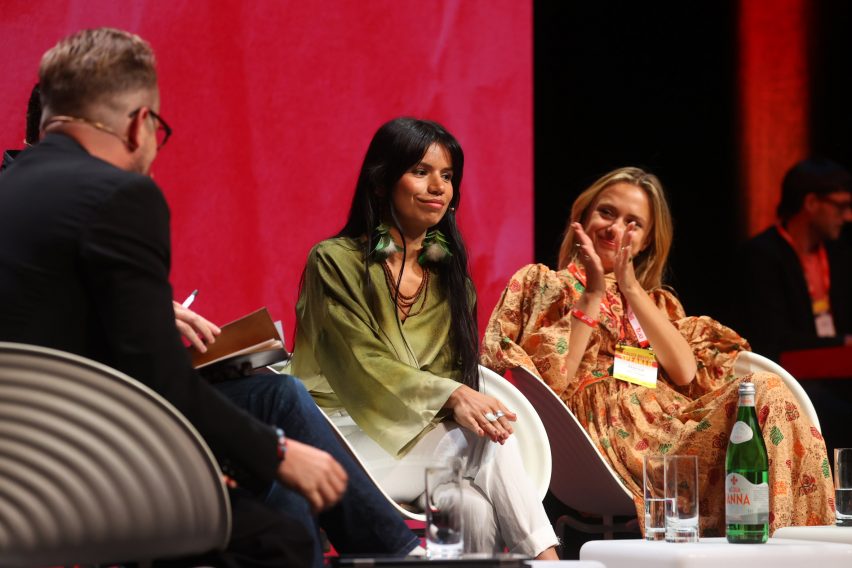
The talk was chaired by Therme Group Vice President Mikolaj Sekutowicz, who spoke about how the wellness sector is growing – nearly double the pace of the global economy – and invited the speakers to describe how their individual industries and areas of application are working to help reinstate substantive and egalitarian wellbeing in our future cities.
Using the apartheid in her home city of Johannesburg as an example, Sumayya Vally, founder and principal architect of Counterspace, explained how the wellbeing of individuals is intrinsically linked to our environment and can have effects that last across generations.
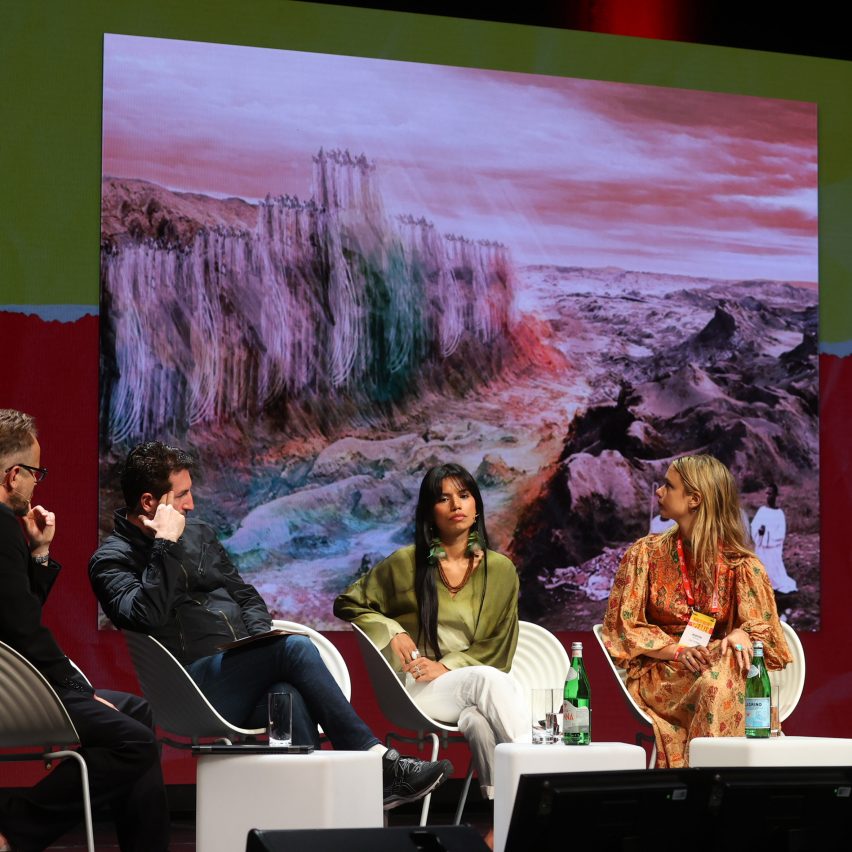
Vally proposed that there should be a "deeper engagement with the land" in order to deal with the toxic consequences of our past. In the studio's design for the 2021 Serpentine Pavilion, places of meeting, organising and belonging that are particularly relevant to migrant communities in London were referenced through abstracted architectural elements taken from across the city.
Fragments of the pavilion were installed in neighbourhoods across the city, to support and facilitate gatherings and impromptu interactions, honouring the history of places that have held communities over time.
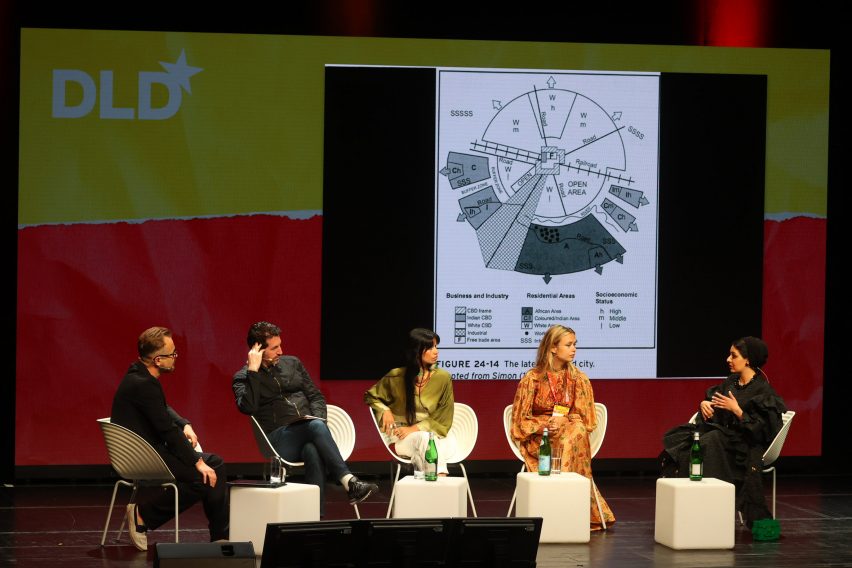
"I think when we think about an architectural project it's really important to think beyond the scope of the finite building and how we work to engage the community in many different forms," said Vally.
Social entrepreneur Jeanne de Kroon, whose fashion label facilitates links between communities and businesses worldwide, stressed the importance of considering a garment's wider impact on the planet.
"For me, wellbeing is really coming back to this place where we can use creativity to spark us with an image of what a well-nourished, purposeful and beautiful creation can mean, that doesn't only thrive yourself but thrives in the community and the land that produces it," she said.
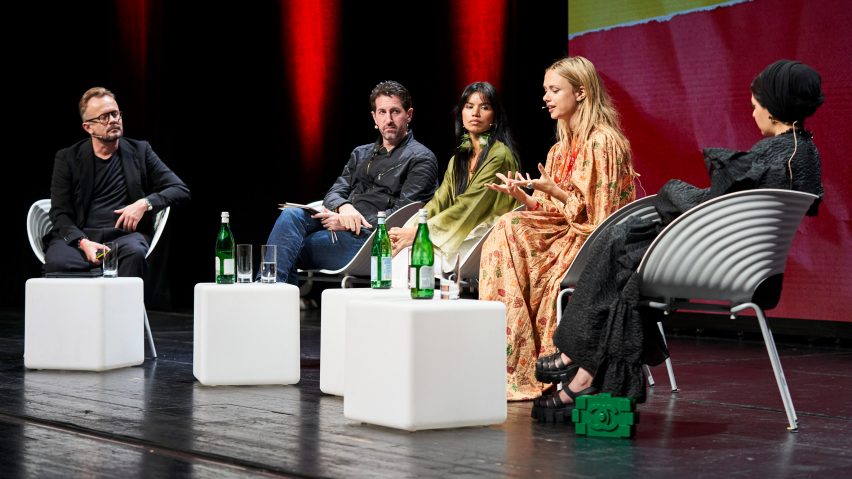
Nina Gualinga, environmentalist and indigenous rights defender, explained how society can learn from the indigenous people around the world, who have for centuries understood that their wellbeing is directly connected with the wellbeing of the earth.
"The words progress and development have a different representation here than they do in my community and in many indigenous communities around the world," she explained. "How do we define progress and wellbeing? Fertile soil, fresh water, clean air, solidarity of the community and our family and happiness. If the planet is healthy, so are we."
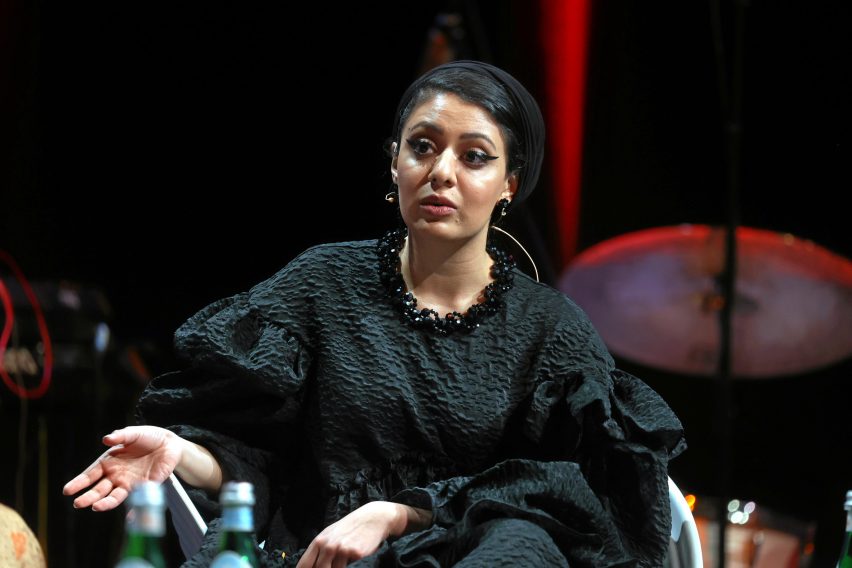
Neuroscientist and Business Professor Moran Cerf, who employs neuroscience methods in his research of human psychology, explained how scientists are working to measure the things that we intuitively know can improve our wellbeing, such as spending time in nature or indoor spaces with plenty of natural light and translate that into tangible data.
"Suddenly we have answers, we don't have to speculate on how to build cities, we can test it and get answers as to what the right sort of architecture for wellbeing is," said Moran Cerf. "We have intuition but we can also learn that sleeping a certain amount of hours will make you happier, and that helping others and having an interaction with the community will make you feel better."
Founded in 2005, DLD (Digital Life Design) is a conference designed to address the most challenging questions that arise through digital change.
This year's edition brought together nearly 1000 participants and 150 speakers, featuring 90 sessions covering topics such as quantum computing, artificial intelligence, web 3.0, the future of health and food, geopolitics and sustainability.
Therme Art is the creative arm of the Therme Group and is commissioning art and architecture to its spa baths and resorts around the world.
Through its Wellbeing Culture Forum programme of talks and panels, which has attracted thousands of viewers worldwide at large-scale events in Miami, London, Berlin, Venice and more, Therme Art aims to spark wellbeing-oriented innovation across all industries.
To learn more about Therme Art visit its website.
Partnership content
This article was written by Dezeen for Therme Art as part of a partnership. Find out more about Dezeen partnership content here.